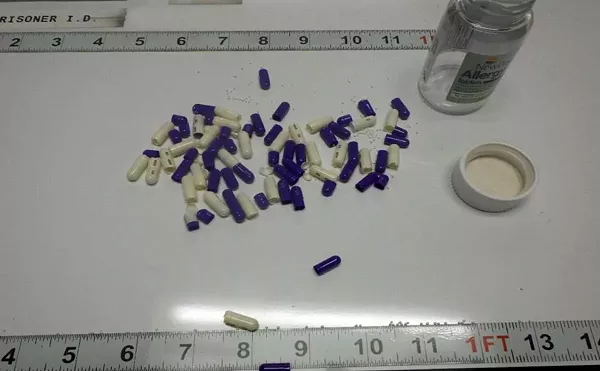Uziel Gal
Contrary to what the Bush/Cheney/Rumsfeld cabal deems "weapons of mass destruction," the ultimate threat is not thermonuclear. Neither is it chemical, nor biological. Taken body by body, corpse by corpse over the past half century, the ne plus ultra deadly device is a compact, efficient, accurate 9-millimeter submachine gun that can be fired with one hand. The Israeli Defense Forces (IDF) used it with stunning success in a commando raid to free hostages at Entebbe Airfield in Uganda in 1976. U.S. Secret Service agents flashed it conspicuously as they led away a dazed Ronald Reagan from an attack by cockeyed John Hinckley Jr. in 1981. The foot soldiers of drug kingpins, pipsqueak tyrants, and guerrilla warlords worldwide have employed it to establish turf, eliminate rivals, and terrorize entire populations. And a bevy of buff action-adventure heroes have clutched it in their meaty fists as they mowed down legions of one-dimensional villains in connect-the-dots Hollywood films. The Uzi.
As newfound comets and elements on the periodic table often bear the names of their discoverers, the Uzi, too, bears the diminutive forename of its designer, Israeli armaments engineer Uziel Gal, who died this past September in Philadelphia at the age of 78. Although more than 1.5 million Uzis have been manufactured by Gal's long-time employer, the state-owned Israeli Military Industries, Gal did not receive a shekel in royalties given his status as a government salaryman.
Born Guthardt Glass, the son of a Jewish artist, in December 1923 in Weimar, Germany, Gal, along with his family, hightailed it to England in 1933 with the ascendancy of the Nazis. In 1936, they moved again, this time to Kibbutz Yagur, near Haifa, in the British mandate Palestine. There a technically proficient and mechanically adept 15-year-old Gal — the family had adopted its Hebrew name — fashioned a quaint precursor to his namesake: an automatic gun that fired arrows. The allure of Zionism induced Gal to lend his weapons expertise to the Haganah, an underground militia, but when British authorities found him concealing banned firearms in 1943, he was sentenced to seven years in the pokey, ultimately serving only three before he was pardoned. Upon release, he resumed weapons development for Haganah, saw action as a soldier in Israel's 1948 war of independence, attended officer's training school in 1949, and then immediately signed on with Israeli Military Industries.
Seeking to upgrade its small-arms arsenal, the IDF in 1951 inaugurated a competition to design a small submachine gun. Exhaustive field testing revealed Gal's 9 mm weapon to be superior. "What won the day for Gal was his firearm's economy — it was made from stapled metal plate — and its extraordinary ability to withstand grit and dust, important factors in the context of Middle East conflicts," England's Guardian recently rhapsodized. "Moreover, Gal drew on his own battlefield experiences to ensure that the Uzi could suit even the weariest of soldiers operating in the dark. With few parts, it was easy to strip and reassemble, and he housed the magazine in the pistol grip — an audacious innovation that enabled soldiers to reload according to the simple 'fist finds fist' principle.
"The Uzi was almost impossible to misfire, thanks to its famous safety catch and limited recoil, even though it pumped out 10 bullets a second in automatic mode. And its lightness and compactness made it highly portable, placing no great burden on soldiers in action."
At home the Uzi demonstrated its value in both Israel's 1956 Suez War and 1967 Six Day War; elsewhere it became the weapon of choice for national armies and municipal police forces. In 1974, however, the IDF spurned the Uzi in favor of the Galil assault rifle. Unperturbed, Gal continued his quest to design a superior gun after his 1976 retirement, and, according to the Israeli press accounts, was assiduously working on a new pistol that could "revolutionize the international weapons market" when he died.
For better or worse, the Uzi remains Gal's legacy. "Never in 2,000 years had there been such a thing," he once asserted, "a weapon that the Jewish people had made for themselves, and I designed it from the ground up."
Almost famous - Our Annual Salute to the Late Near-Great and Unjustly Obscure Michael Yockel writes for City Paper, where this feature first appeared. Send comments to letters@metrotimes.com






